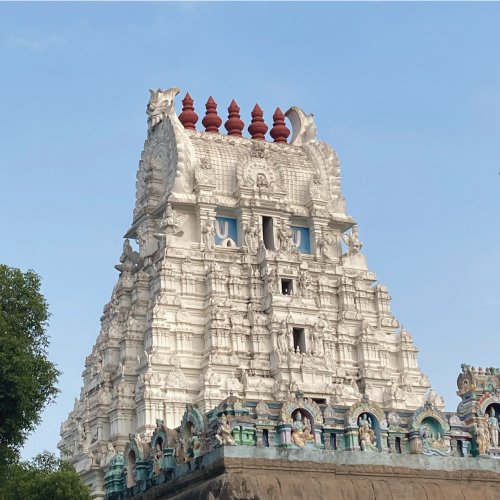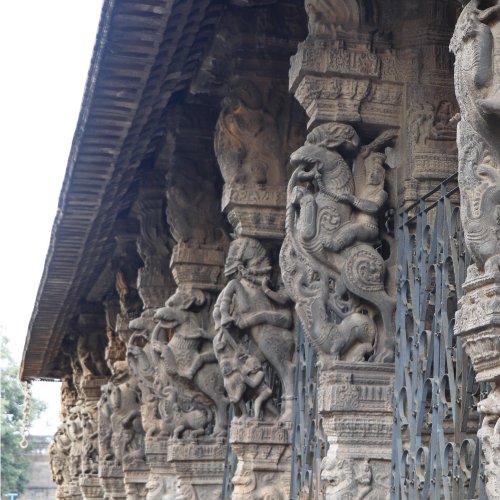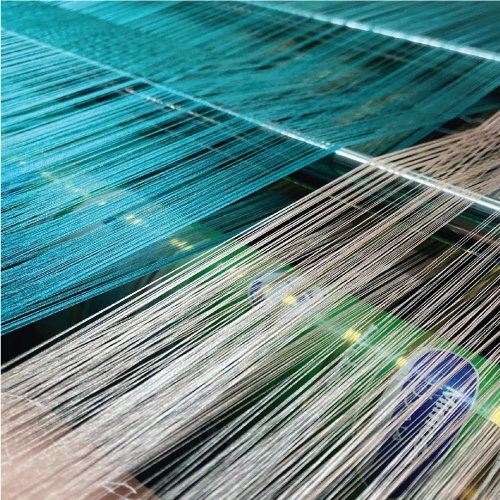Kanjeevaram; A History Woven In Silk

When one hears the term ‘Kanjeevaram’, it is almost natural for one to instantaneously associate it with something that needs to be treasured and revered. Its extraordinary feel and the opulent golden hues made it an attire that was deemed fit for Royalty. Perhaps this is why its presence is almost mandatory at every auspicious and life-changing event in a South Indian household. From being passed down as an heirloom from mother to daughter and across generations to being an irreplaceable part of most bridal trousseaus, this weave has found its rightful place as the cultural identity of the proud town it hails from.
With a history that spans over four centuries, the Kanjeevaram has a tale that is as rich as its bearings. The town itself has witnessed the rise and fall of a number of dynasties and rulers, the first of them being the Pallavas who had anointed Kancheepuram as their capital city. However, the origins of the silk industry are said to have begun with the advent of the Chola dynasty. It is widely believed that Raja Raja Cholan I was said to have called upon weaving communities from several regions of the country such as Gujarat to migrate down south to lay down roots for the handloom industry. At this point in time, it was a more localised craft rather than a full-fledged ‘industry’. It was only almost 500 years later, with the rise of the Vijayanagar Empire under the reign of King Krishna Deva Raya, did the silk industry flourish. With his reign came the migration of the Saligars and Devangas, some of the most prominent weaving communities. With their migration, the Kancheepuram silk industry progressed and grew at an accelerated rate. Newer designs and techniques were being incorporated, resulting in the signature look and feel of the Kanjeevaram, with its hallmark jewel tones and the glint of gold woven through. Being known for the many temples that were built here, Kancheepuram was even titled as a ‘City of 1000 Temples’. Mirroring the exquisite architecture of these temples, the weavers of Kancheepuram replicated these in the sarees as a homage to the heritage of the town.

The handlooms of Kanjeevaram thrived and grew for the next 100 years with its fame spreading across the nation. However, all of this came to a speeding halt. Caught in the crossfire between the English and the French during the Carnatic wars, the Kancheepuram silk industry suffered a setback which was so crushing that it was almost on the verge of extinction. During the course of the war, the French had set the town ablaze, destroying a greater part of the handloom industry. Once peace was restored, the Kanjeevaram silk industry rose from the ashes and regained its status as a booming sector.

Since then, the craft of bringing this extraordinary weave to life has been passed down from generation to generation. However, today the handloom industry has been on a gradual decline after the introduction of more advanced machinery. This is why it is imperative that we educate, raise awareness, and most importantly, lend support. With a history that is woven in silk, the Kanjeevaram deserves to go on a journey that will last for many more centuries to come.
